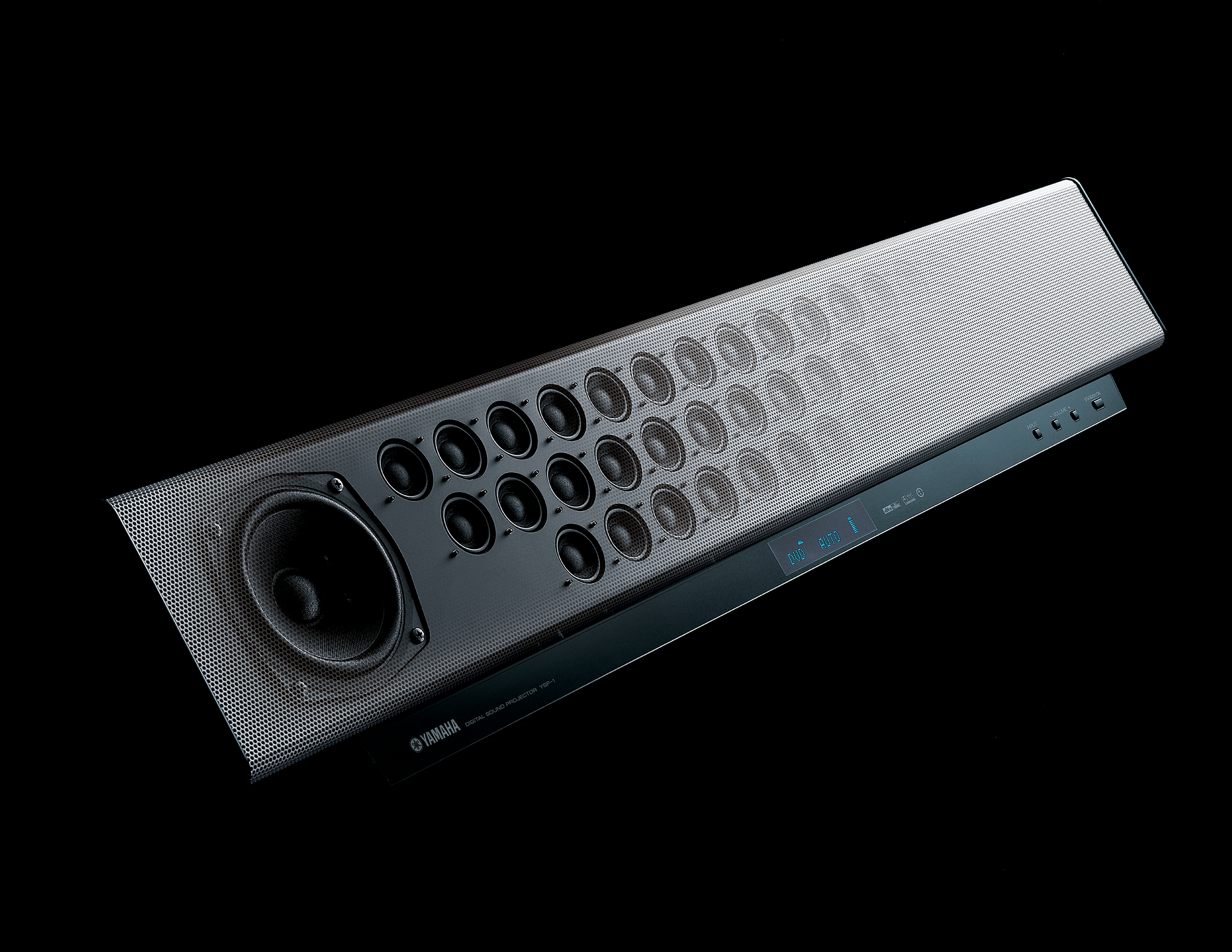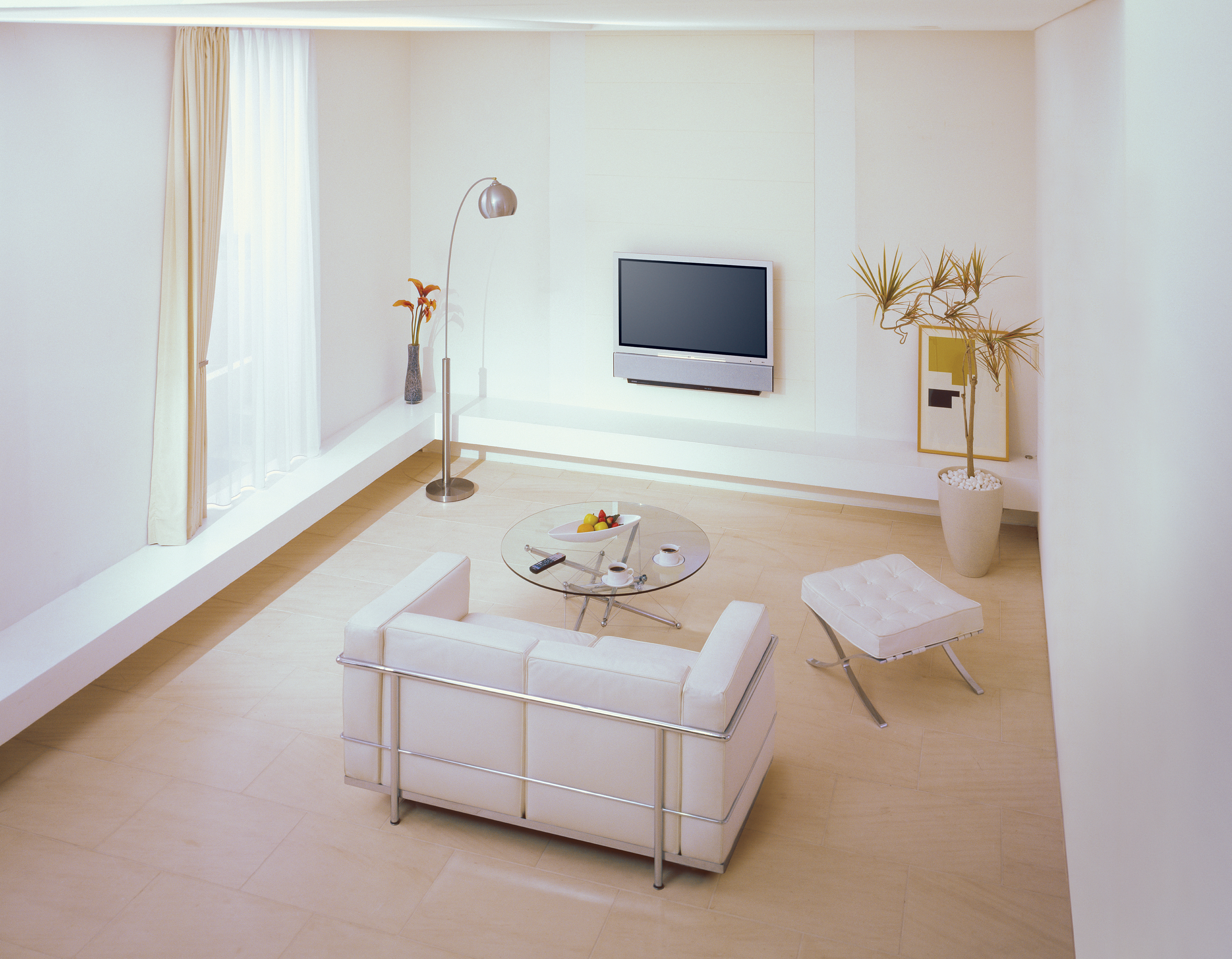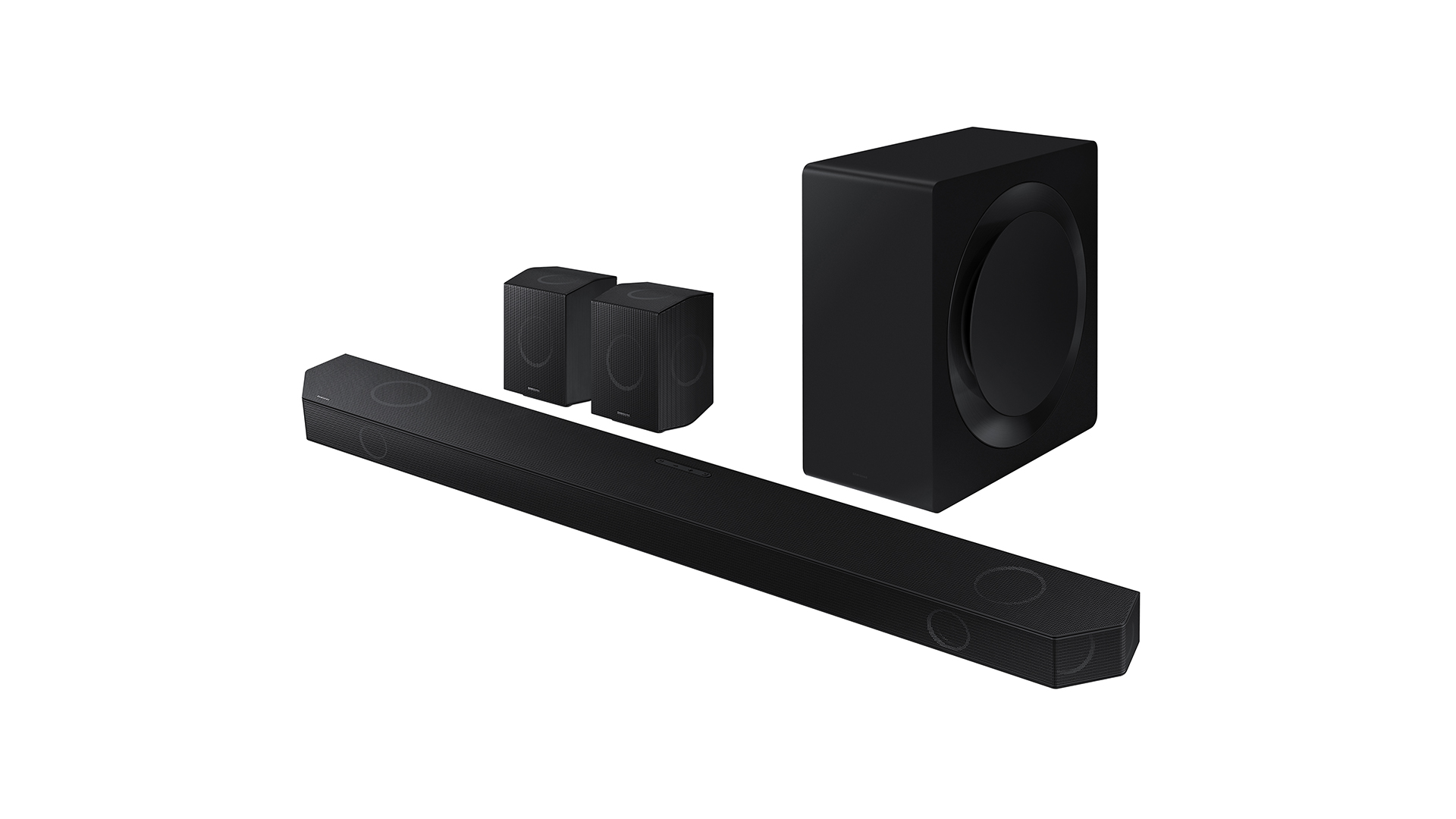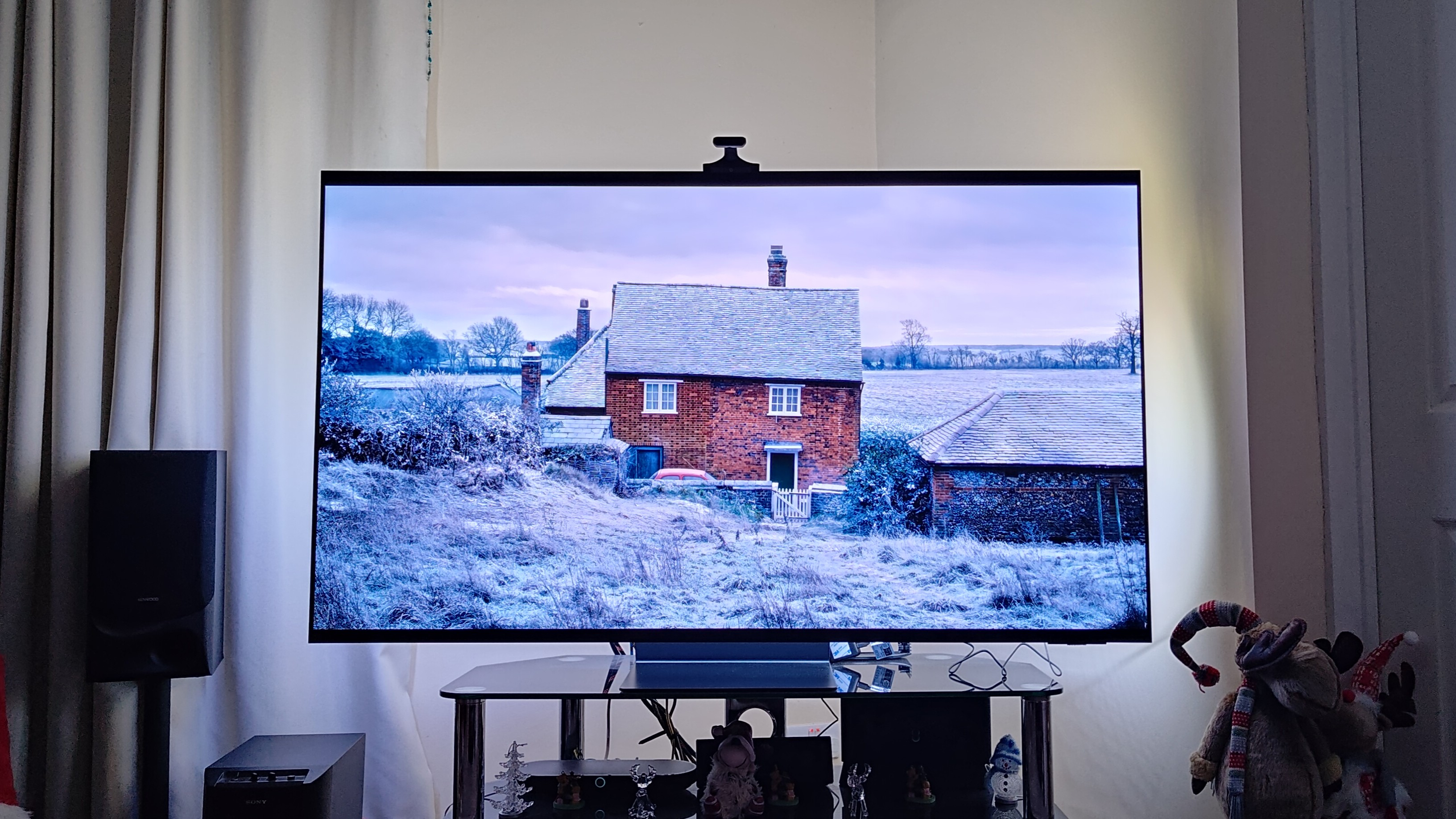Have soundbars forgotten their true purpose?
Premium soundbars with separate subwoofers and surrounds are all the rage, but has too much been lost in the pursuit of better performance?

The first proper soundbar What Hi-Fi? ever tested was the original Yamaha YSP-1 back in April 2005.
I can still remember the excitement around the product. Here was something that promised true home cinema sound, but all from a single neat box that sat under your television. If you weren’t a home cinema obsessive, it seemed an ideal solution.
The YSP-1 proved that the plethora of boxes and spaghetti of cabling that was considered part and parcel of every serious home cinema setup wasn’t essential.
That was around the time when the sales of flatscreen TVs were booming, so the idea of wall mounting one of these new-fangled soundbars below one of the then highly fashionable plasma TVs seemed so right.
That original YSP-1 was a sophisticated product for the time. Its clever beam-forming technology could direct the discrete channels of a 5.1 movie soundtrack very precisely, using reflections off the room’s side and rear walls to give a pretty decent impression of a full surround setup.
Given a regularly shaped space that didn’t have too much in the way of absorption on the walls, the results could be terrific. The only real deadspot in the soundfield was directly behind the listener (it seems that relying on reflections off the sidewalls gets you only so far).
But, at its best, the Yamaha really did make it feel like there were surround speakers on either side of us, a little behind our listening position.
The latest hi-fi, home cinema and tech news, reviews, buying advice and deals, direct to your inbox.

Unfortunately, there were some issues with the product, too.
Less than ideal rooms, which let’s face it, are likely to be the majority of them, affected the Yamaha’s ability to generate a convincing soundfield to a fair degree. It didn’t take much to change the results from a disbelieving and positive ‘How does it do that?’ to slightly disappointed ‘What is it doing?’.
Also, despite the use of a pair of relatively large bass units, the YSP-1 never really managed to generate the low-end power and authority most users crave. However, the use of those generous bass drivers also meant that the YSP-1 was rather tall and relatively obtrusive if not wall-mounted.
And lastly, it proved hard for Yamaha to trickle down the complex YSP technology to much lower price points.
After all, the YSP-1’s 42 drivers and partnering power amplifiers (two watts per each of the 40 beam-forming drivers and 20 watts for each woofer) are never an easy thing to emulate. That first soundbar cost £800 back in 2005, which still feels like premium money today.
So as the years passed, Yamaha and the rest of the industry did what they always try to do with any new product category. They try to improve the performance by tackling the weaknesses of the original and finding ways of making it cheaper.
However, in that process, it feels as though the manufacturers have forgotten the prime attraction of the soundbar idea. It was meant to be a single, neat product that improved the sound from your TV. Minimal clutter in the living room is an essential part of that appeal.

While there are some products, such as those from Sonos, that retain a single chassis, many of the top contenders also include a separate subwoofer.
This certainly gets around the ‘lack of bass’ issue of single-chassis soundbars; but, in doing so, it adds an extra, often large box, while also causing potential issues with integration.
I haven’t seen anything as clever or sophisticated as that original Yamaha YSP multi-driver arrangement, despite the addition of Dolby Atmos to the spec sheets.
To a large extent, I suspect that is to do with cost. But, to compensate, many manufacturers have taken to offering wireless surrounds to take care of delivering an expansive soundfield.
It is important to note that the actual soundbars themselves in such a system tend to be far less ambitious in their engineering than the YSP-1.
Such combination systems do the job, of course, and in many cases put that earliest Yamaha implementation in the shade. But a separate surround-speakers solution adds significantly to the box count.
The whole point of that original soundbar was to avoid that clutter. Remember, it was specifically aimed at those who wanted a great movie sound without all the fuss and boxes of a typical separates setup.

The formula most manufacturers have settled on now feels curiously unsatisfactory, given most premium soundbar systems now consist of at least four boxes: the soundbar, subwoofer and a pair of surrounds.
All these components usually need access to mains power too. It turns out that few wireless speakers are actually that.
What we have now feels like a bit of a halfway house between a pure soundbar and a separates system. Like all such compromises, this can be seen as either the best of both worlds, or not quite right.
In performance terms, it is possible to argue that things have taken significant steps forward, and I certainly think that’s true. However, I can’t help but feel that by adding more boxes and complexity into the equation, the industry is in very real danger of alienating the very people that the original YSP-1 was aimed at.
That original design made a promise that the industry as a whole would seem intent on breaking.
MORE:
Check out all of our Home Cinema Week coverage
These are the best soundbars and best Dolby Atmos soundbars you can buy right now
Tell us your opinions on movies on discs vs streaming

Ketan Bharadia is the Technical Editor of What Hi-Fi? He has been reviewing hi-fi, TV and home cinema equipment for almost three decades and has covered thousands of products over that time. Ketan works across the What Hi-Fi? brand including the website and magazine. His background is based in electronic and mechanical engineering.
You must confirm your public display name before commenting
Please logout and then login again, you will then be prompted to enter your display name.
